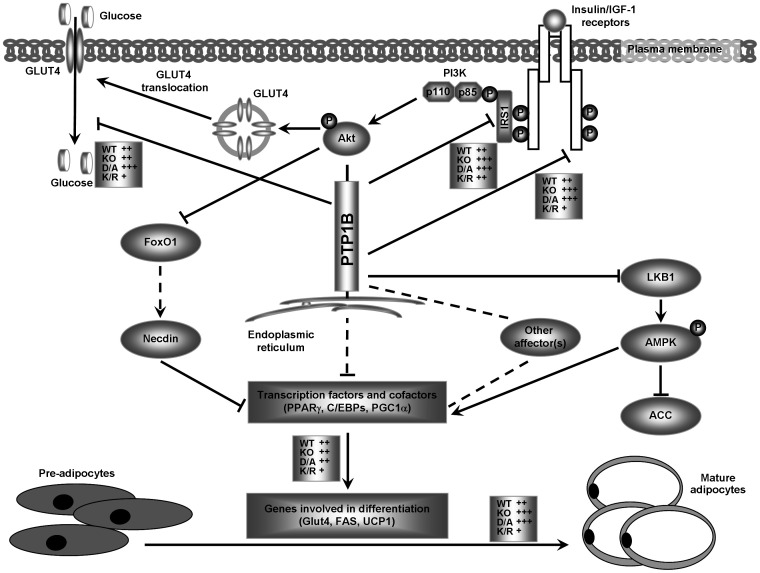Figure 8. Proposed model of regulation of brown fat adipogenesis by PTP1B.
PTP1B can regulate adipogenesis through insulin-dependent and insulin-independent pathways. Activation of cell surface receptors of insulin or IGF1 leads to phosphorylation of IRS proteins, activation of PI3K and MAPK pathway, and glucose uptake. Alterations in downstream signaling (summarized in Tseng et al. [23], [40]) lead to the initiation of transcriptional cascades that involve PPARγ, C/EBPs, and PGC1α and cause changes that are required for differentiation of brown adipocytes (expression of Glut4 and UCP1). PTP1B dephosphorylates IR and IRS1 in differentiated brown adipocytes and modulates insulin-stimulated glucose uptake. In addition, PTP1B regulates LKB1/AMPK signaling pathway in differentiated brown adipocytes. Conceivably, PTP1B also could modulate other affector(s) of cellular signaling to regulate transcription factors and cofactor to influence differentiation. Effects of KO, D/A and K/R on adipose differentiation, IR and IRS1 tyrosyl phosphorylation, glucose uptake, and LKB1/AMPK signaling are summarized. Alterations in KO, D/A and K/R are indicated with the symbol (+) and compared with WT (set at ++). Arrows indicate activation and T-shaped lines indicate repression. A dashed line indicates that the connection has not been completely established.

